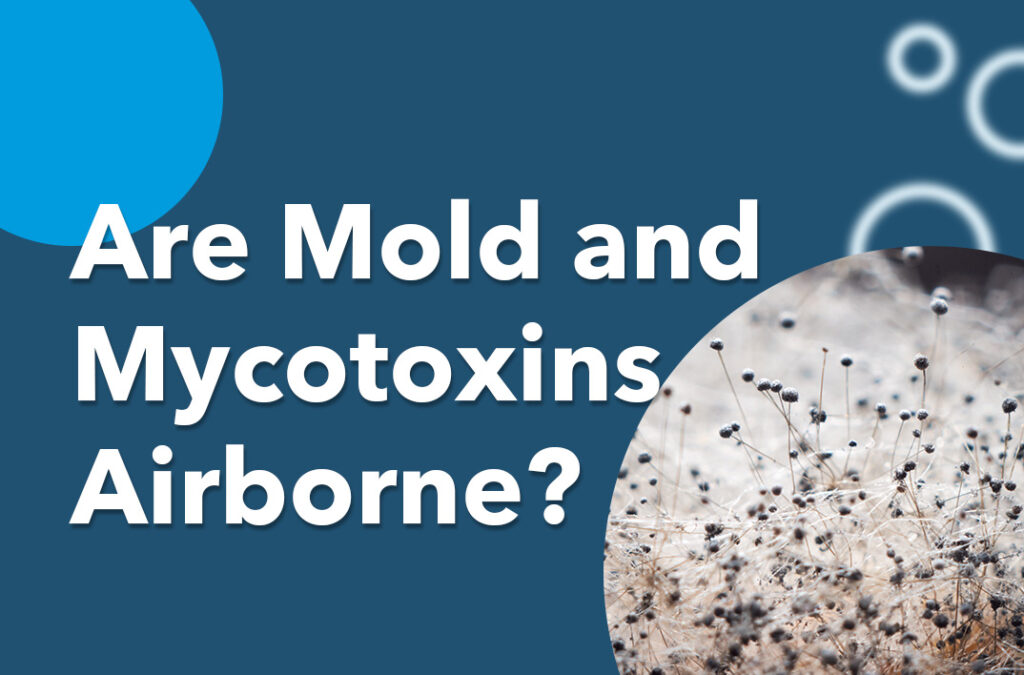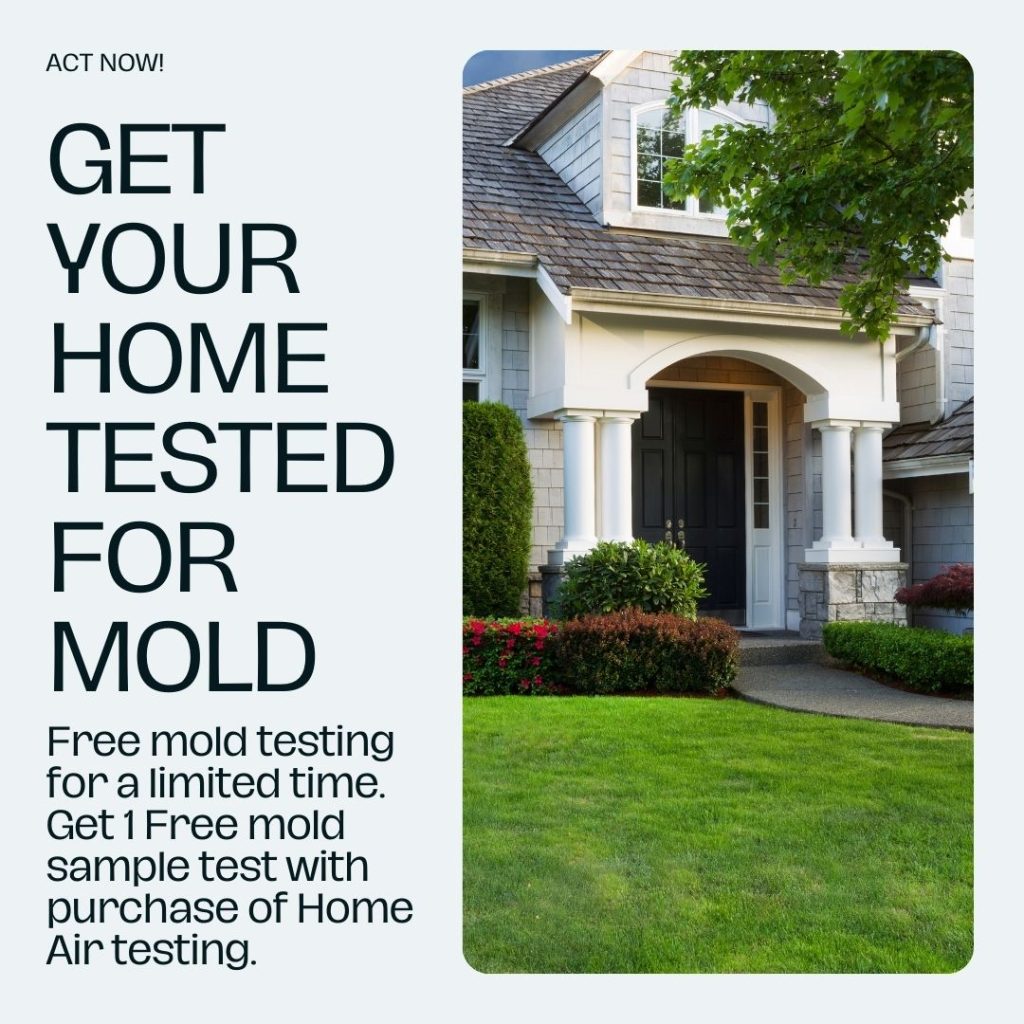Ensuring Compliance With Laws: the Duty of Mycotoxin Checking in Quality Control
Making certain compliance with strict laws is extremely important for maintaining food security, and the duty of mycotoxin testing in quality assurance can not be overemphasized. Mycotoxins, toxic substances produced by specific molds, position substantial health dangers, making their detection vital in food manufacturing. Adherence to regulatory requirements, such as those established by the FDA and EU, calls for robust screening techniques and innovations to determine and measure these contaminants. By implementing complete screening protocols, firms can protect against potential wellness situations, prevent costly recalls, and preserve consumer trust. The complexities of these screening processes raise crucial inquiries concerning their effectiveness and performance.
Comprehending Mycotoxins
Comprehending mycotoxins is basic to making sure the quality and security of agricultural items. Mycotoxins are poisonous additional metabolites generated by certain types of fungi, commonly found in foodstuffs such as spices, nuts, and grains. These compounds can occur at various stages of the food manufacturing process, from pre-harvest to storage space, and posture considerable wellness threats to both animals and human beings (Mycotoxin testing Services). The most well-known mycotoxins consist of aflatoxins, fumonisins, ochratoxins, and trichothecenes, each linked with details environmental problems and fungal varieties.
The existence of mycotoxins in food products can lead to intense and chronic health and wellness concerns, including liver damage, immune suppression, and carcinogenic impacts. By understanding the sources, types, and impacts of mycotoxins, stakeholders in the farming field can much better implement preventative steps and alleviate threats, making certain safer consumption for end-users.
Regulatory Criteria for Mycotoxins
Having established a foundational understanding of mycotoxins and their influence on food safety, it is essential to evaluate the regulative requirements regulating their existence in farming items. Regulative requirements for mycotoxins are essential because they define permissible limits, ensuring food safety and protecting public wellness. Numerous global and nationwide companies have established these restrictions based upon detailed danger evaluations.
The Codex Alimentarius Compensation, an international body established by the FAO and that, supplies guidelines and maximum permitted levels for various mycotoxins in food and feed. As an example, the Codex has set limits for aflatoxins in peanuts, maize, and dried out figs, amongst other assets. These requirements are typically adopted or adjusted by private countries to fit their particular needs.
In the European Union, Guideline (EC) No 1881/2006 specifies maximum degrees for a number of mycotoxins, such as aflatoxins, ochratoxin A, and deoxynivalenol, in various food. The United State Food and Medication Management (FDA) has established action degrees for mycotoxins like aflatoxins in products such as grains and nuts.
Adherence to these regulative standards is critical for preserving market accessibility, consumer trust fund, and public health and wellness. Non-compliance can bring about considerable financial losses and health threats, underscoring the significance of rigorous mycotoxin testing procedures.
Evaluating Approaches and Technologies

ELISA is widely valued for its rapid and cost-effective testing abilities, making it perfect for high-throughput settings. It counts on antibodies to detect details mycotoxins, offering cause a relatively brief time frame. Nonetheless, its level of sensitivity might this contact form be limited compared to much more innovative techniques.
HPLC, on the other hand, succeeds in offering measurable evaluation with high accuracy and precision. It divides complex mixes right into individual elements, making it very effective for recognizing and quantifying several mycotoxins at the same time - Mycotoxin testing Services. This method, while more resource-intensive and taxing than ELISA, uses a higher level of reliability

LC-MS represents the peak of logical uniqueness and sensitivity. Integrating the separation power of liquid chromatography with the detection capabilities of mass spectrometry, LC-MS can spot even trace degrees of mycotoxins. This approach is indispensable for confirming the visibility of mycotoxins in forensic and governing contexts, making sure compliance with strict safety criteria.
Applying Examining Methods

Including these advanced testing techniques right into a comprehensive high quality control structure demands a well-structured approach to carrying out screening protocols. To accomplish this, companies must first perform a complete threat analysis to recognize possible mycotoxin contamination factors within the supply chain. This analysis educates the growth of a customized screening approach that addresses specific vulnerabilities.
Next, establishing standard tasting treatments is crucial. Consistent sampling makes sure that test results are reputable and rep of the entire set (Mycotoxin testing Services). Following standards from regulative bodies, such as the FDA or EFSA, assists preserve compliance and boosts the reputation of the screening procedure
Educating personnel is another pivotal part. Personnel should click for source be efficient in both sample collection and the operation of screening devices. Regular training sessions and certification programs can make certain that staff member stay upgraded with the most recent techniques and governing modifications.
Benefits of Mycotoxin Examining
Mycotoxin testing offers countless advantages that considerably enhance the safety and security and high quality of food and feed items. Mostly, it serves as a vital control measure to avoid polluted goods from getting to the consumer market, consequently protecting public wellness. By determining and quantifying mycotoxins such as fumonisins, ochratoxins, and aflatoxins, producers can make certain that their products fulfill stringent regulative standards, therefore staying clear of prospective lawful repercussions and connected prices.
Furthermore, mycotoxin screening contributes to the economic stability of food and feed industries by decreasing the risk of massive item recalls. The capability to detect and separate contaminated batches early in the manufacturing process minimizes waste and avoids the economic losses associated with damaged brand credibility. It cultivates customer trust and loyalty, as customers are increasingly conscious of food security problems and demand higher quality requirements.
The application of routine mycotoxin testing also promotes best practices within agricultural and production fields. By sticking to strenuous screening procedures, business can enhance their high quality control processes, enhance operational performance, and make certain the regular manufacturing of safe, top quality products. To conclude, the advantages of mycotoxin screening are diverse, contributing to public health, economic security, and market stability.
Verdict
Mycotoxin screening is important in making sure compliance with governing requirements, thereby keeping food security and quality assurance. By methodically identifying damaging mycotoxins, this practice aids reduce wellness dangers, protect against legal effects, and prevent economic losses connected with product remembers. Applying durable screening methods fosters customer trust and confidence in food safety and security methods, inevitably supporting the stability and credibility of food services. Thus, mycotoxin testing continues to be a vital component of contemporary food safety and security management systems.
Making certain compliance with strict guidelines is extremely important for maintaining food safety, and the function of mycotoxin testing in high quality control can not be overemphasized.In the world of mycotoxin screening, advanced methods and technologies are critical in making click here now sure food safety and security and governing conformity.Mycotoxin screening supplies countless advantages that considerably improve the security and high quality of food and feed items.Mycotoxin testing is vital in making certain conformity with regulatory requirements, therefore maintaining food safety and high quality control. Hence, mycotoxin screening stays an indispensable element of modern-day food safety and security administration systems.